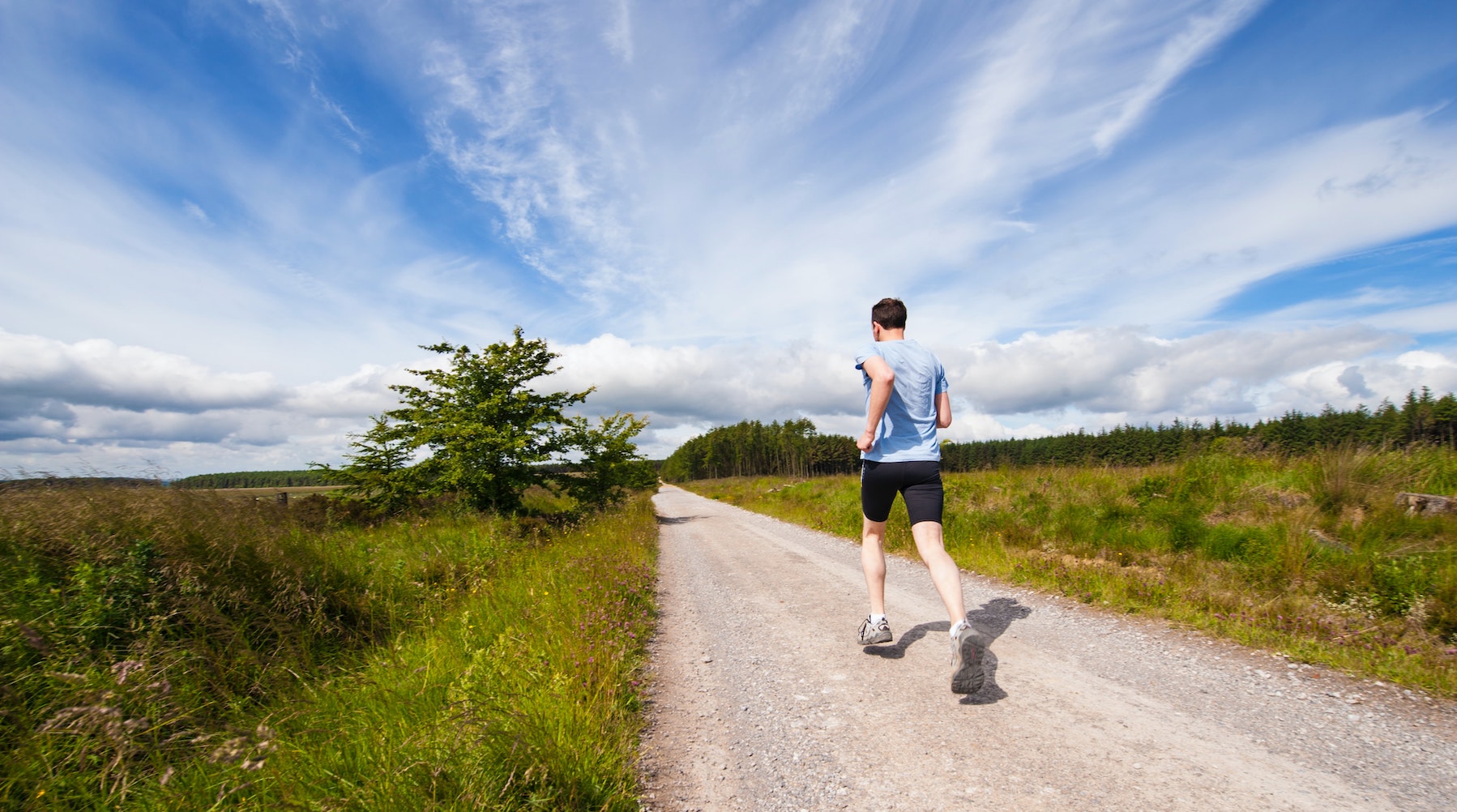Each week, OMRF President Dr. Stephen Prescott opens “Adam’s Journal” to answer a medical question from OMRF Senior Vice President and General Counsel Adam Cohen.
Adam’s Journal
Like most runners, I periodically develop aches and pains in my muscles and joints, especially my knees. For years, my first line of defense when this happens has been to ice the offending body part after a run.
However, I recently read that this might not be a good idea. What gives?
Dr. Prescott Prescribes
Well, we’ve been doing these columns together for 14 years now. It’s been a great run (ha!), and I’ve loved every minute of it – even, I must confess, some of your misadventures.
But, as with all runs, you eventually must reach the finish line.
I announced my retirement as president of the Oklahoma Medical Research Foundation last week. So, going forward, I’m going to turn you over to our OMRF colleague Dr. Eliza Chakravarty.
Dr. Chakravarty is an esteemed immunologist, epidemiologist and rheumatologist who joined OMRF a decade ago from Stanford University, where she was a faculty member. Dr. Chakravarty not only researches disease but also actively treats patients at OMRF. You’ll be in good hands with her.
Dr. Chakravarty Prescribes
Thank you, Dr. Prescott. Yours is a big lab coat to fill, but I’ll do my best.
Ice packs and ice baths are almost as much of a fixture in locker rooms as sweaty gym clothes and discarded towels. But the scientific evidence is mounting that the practice of icing after exercise may not be helpful, and it could be harmful.
A decade ago, research found that in people with tears in their calf muscles, ice neither improved pain nor sped their recovery. A year later, a different study determined that those who iced aching muscles following workouts actually regained muscular strength more slowly than those who didn’t.
And then in 2015, yet another study showed that men who iced after weight training developed less muscular strength, endurance and – sorry, vain icers – size than those who didn’t.
Most recently, new research in mice revealed that icing muscles after exercise delayed healthy anti-inflammatory responses. As a result, compared to untreated controls, the “iced mice” showed signs of incomplete healing and tissue damage even after two weeks.
None of this is definitive. But taken together, the studies certainly suggest that after a workout, the best place for ice may be in that drink you chug to rehydrate.
–
Do you have a health query for Dr. Chakravarty? Email contact@omrf.org and your question may be answered in a future column!



